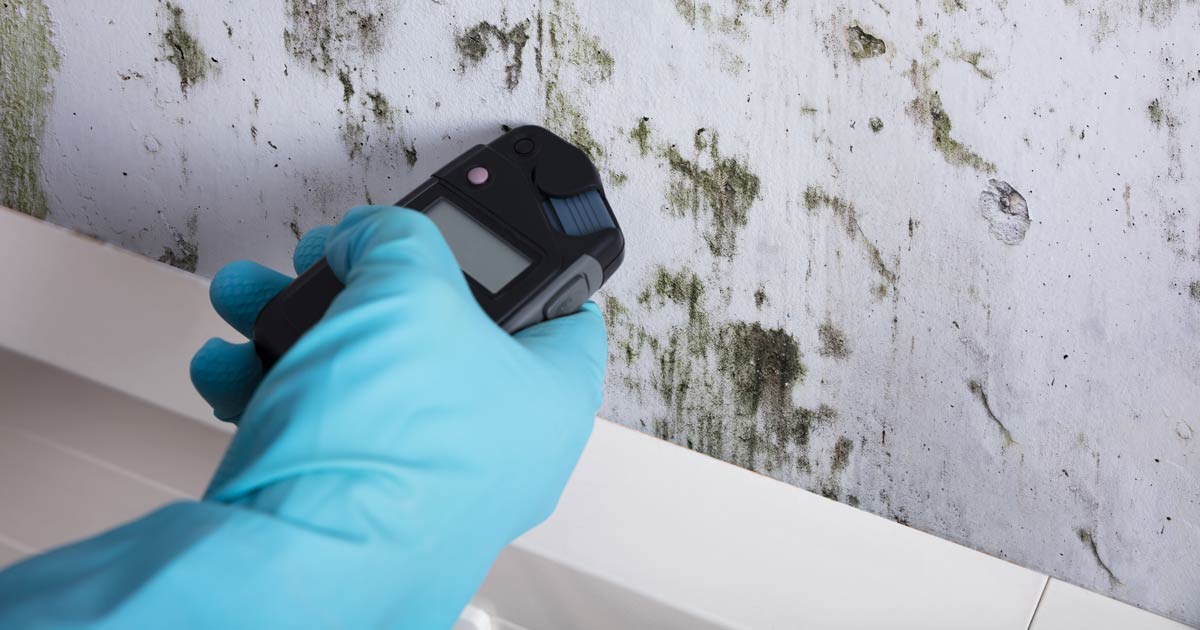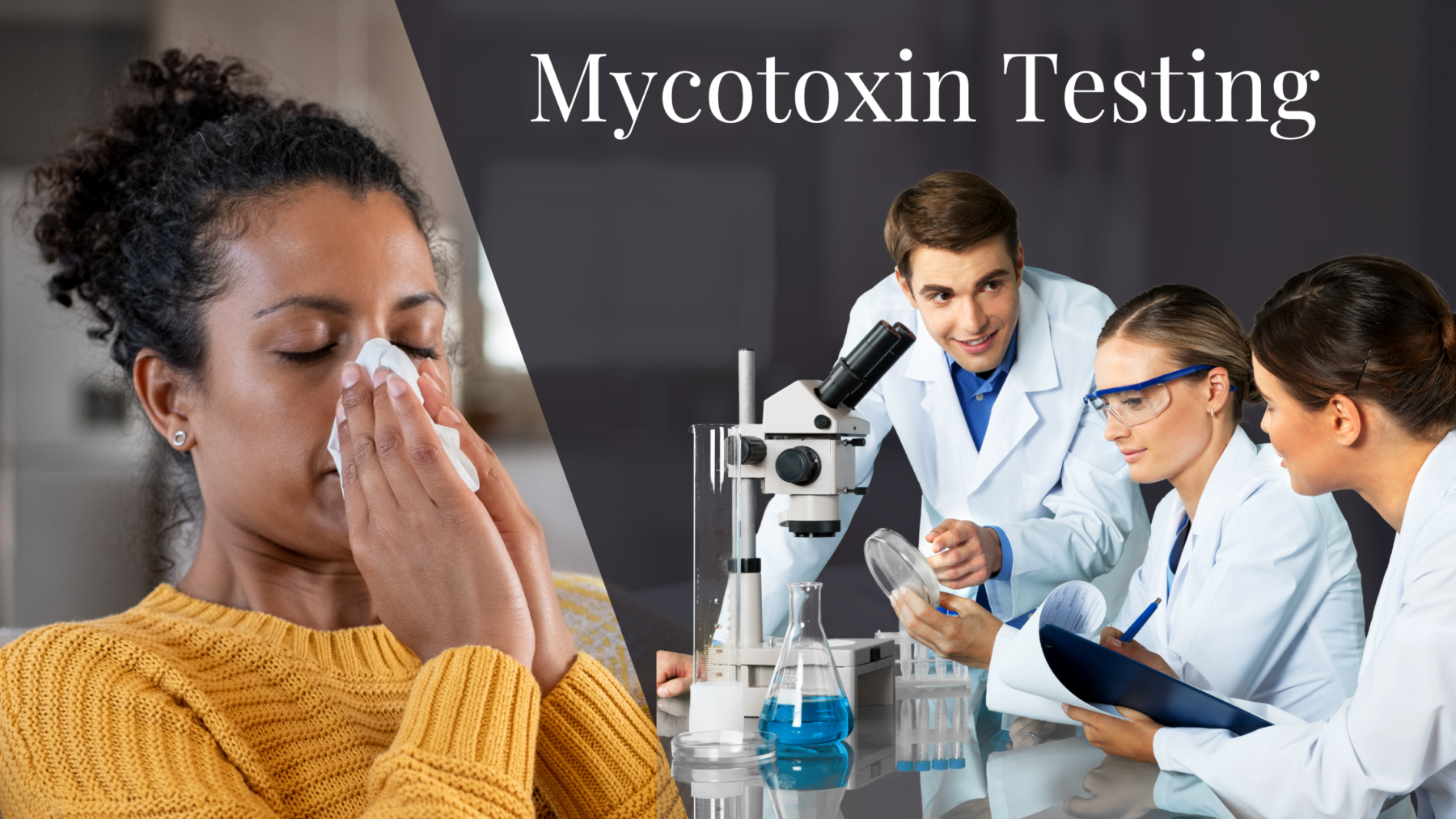Optimize Your Conformity with Relied on Mycotoxin testing Services Solutions
Optimize Your Conformity with Relied on Mycotoxin testing Services Solutions
Blog Article
Ensuring Compliance With Regulations: the Function of Mycotoxin Examining in Quality Assurance
Ensuring compliance with stringent policies is extremely important for maintaining food security, and the duty of mycotoxin screening in top quality control can not be overstated. Mycotoxins, hazardous compounds created by particular molds, posture substantial health and wellness dangers, making their discovery critical in food production.
Understanding Mycotoxins
Understanding mycotoxins is essential to guaranteeing the high quality and safety of farming products. The most notorious mycotoxins consist of aflatoxins, trichothecenes, ochratoxins, and fumonisins, each linked with specific fungal species and ecological problems.
The presence of mycotoxins in food items can lead to persistent and severe health and wellness concerns, consisting of liver damages, immune reductions, and cancer causing results. By understanding the resources, kinds, and impacts of mycotoxins, stakeholders in the agricultural industry can much better carry out preventative steps and alleviate risks, making sure safer consumption for end-users.
Regulative Requirements for Mycotoxins
Having developed a fundamental understanding of mycotoxins and their impact on food safety, it is vital to review the regulatory standards regulating their visibility in farming items. Regulative requirements for mycotoxins are essential because they define acceptable limits, ensuring food safety and security and protecting public health. Different worldwide and nationwide agencies have set these restrictions based on detailed threat assessments.
The Codex Alimentarius Commission, a worldwide body developed by the FAO and WHO, provides standards and optimum allowable levels for various mycotoxins in food and feed. The Codex has actually established limitations for aflatoxins in peanuts, maize, and dried out figs, among other assets. These requirements are usually embraced or adapted by specific nations to fit their certain needs.
In the European Union, Law (EC) No 1881/2006 states maximum degrees for several mycotoxins, such as aflatoxins, ochratoxin A, and deoxynivalenol, in various food. The U.S. Food and Medication Administration (FDA) has established action levels for mycotoxins like aflatoxins in assets such as nuts and grains.
Adherence to these regulatory requirements is essential for maintaining market accessibility, customer depend on, and public health and wellness. Non-compliance can cause substantial economic losses and wellness risks, underscoring the value of stringent mycotoxin testing methods.
Evaluating Techniques and Technologies

ELISA is commonly valued for its rapid and cost-effective screening abilities, making it optimal for high-throughput environments. It relies on antibodies to find specific mycotoxins, giving results in a relatively short time framework. Nevertheless, its sensitivity might be restricted compared to more advanced techniques.
HPLC, on the various other hand, succeeds in giving measurable analysis with high accuracy and accuracy. It separates complex mixes important site right into individual parts, making it very effective for recognizing and quantifying multiple mycotoxins at the same time - Mycotoxin testing Services. This strategy, while much more resource-intensive and time-consuming than ELISA, offers a higher degree of reliability

LC-MS represents the peak of analytical uniqueness and level of sensitivity. Integrating the separation power of liquid chromatography with the discovery capacities of mass spectrometry, LC-MS can identify also trace levels of mycotoxins. This method is crucial for validating the existence of mycotoxins in regulatory and forensic contexts, ensuring conformity with rigid safety standards.
Executing Examining Methods

Including these innovative testing techniques right into a detailed quality assurance framework requires a well-structured technique to applying screening methods. To accomplish this, companies have to initially carry out a detailed danger assessment to recognize potential mycotoxin contamination points within the supply chain. This assessment educates the growth of a tailored testing approach that addresses certain susceptabilities.
Following, establishing standard tasting treatments is critical. Consistent tasting ensures that examination results are trusted and rep of the entire batch (Mycotoxin testing Services). Sticking to guidelines from regulatory bodies, such as the FDA or EFSA, helps preserve compliance and enhances the reliability of the testing process
Educating employees is an additional crucial element. Personnel needs to excel in both example collection and the operation of testing devices. Routine training sessions and qualification programs can guarantee that team participants stay updated with the newest techniques and regulatory adjustments.
Benefits of Mycotoxin Evaluating
Mycotoxin screening provides various benefits that significantly boost the safety and security and top quality of food and feed products. Mainly, it acts as an important control step to stop contaminated goods from getting to the customer market, consequently securing public health. By identifying and evaluating mycotoxins such as ochratoxins, aflatoxins, and fumonisins, producers can make sure that their items fulfill stringent governing standards, hence staying clear of potential lawful effects and associated expenses.
Additionally, mycotoxin testing adds to the financial feasibility of food and feed sectors you can check here by decreasing the danger of massive product remembers. The capability to isolate and find polluted batches early in the production procedure lowers waste and avoids the economic losses connected with damaged brand online reputation. It promotes consumer trust fund and commitment, as customers are significantly conscious of food security problems and demand higher high quality criteria.
The implementation of routine mycotoxin screening also promotes finest techniques within agricultural and manufacturing markets. By sticking to rigorous testing this hyperlink methods, business can maximize their quality assurance procedures, enhance operational performance, and guarantee the regular production of safe, top notch items. To conclude, the benefits of mycotoxin screening are multifaceted, adding to public wellness, financial stability, and industry integrity.
Final Thought
Mycotoxin screening is essential in guaranteeing conformity with regulatory criteria, thus keeping food safety and security and quality assurance. By systematically discovering dangerous mycotoxins, this practice aids reduce health and wellness dangers, avoid legal repercussions, and stay clear of economic losses connected with product recalls. Executing robust screening protocols fosters consumer depend on and self-confidence in food safety practices, ultimately supporting the stability and online reputation of food organizations. Hence, mycotoxin screening continues to be an indispensable element of modern food safety monitoring systems.
Making sure compliance with rigorous laws is vital for keeping food security, and the function of mycotoxin screening in top quality control can not be overstated.In the realm of mycotoxin testing, progressed techniques and innovations are pivotal in making certain food safety and regulative compliance.Mycotoxin screening provides various benefits that substantially improve the safety and security and top quality of food and feed items.Mycotoxin screening is vital in ensuring conformity with governing standards, therefore maintaining food security and top quality control. Therefore, mycotoxin testing remains an important element of contemporary food security monitoring systems.
Report this page